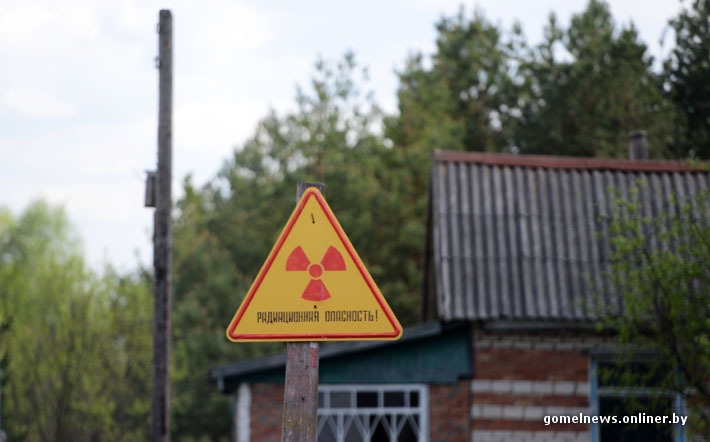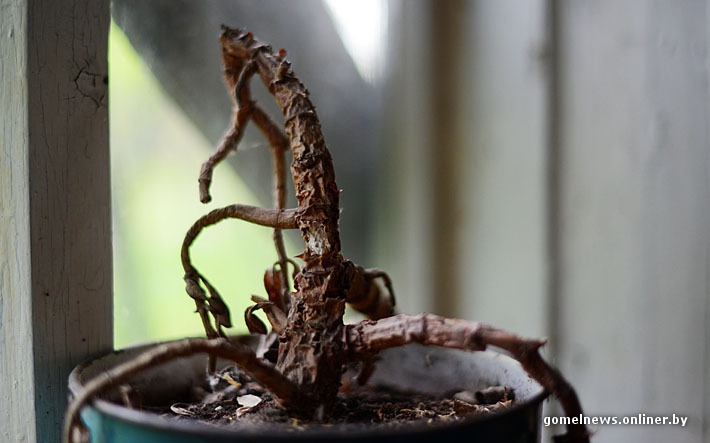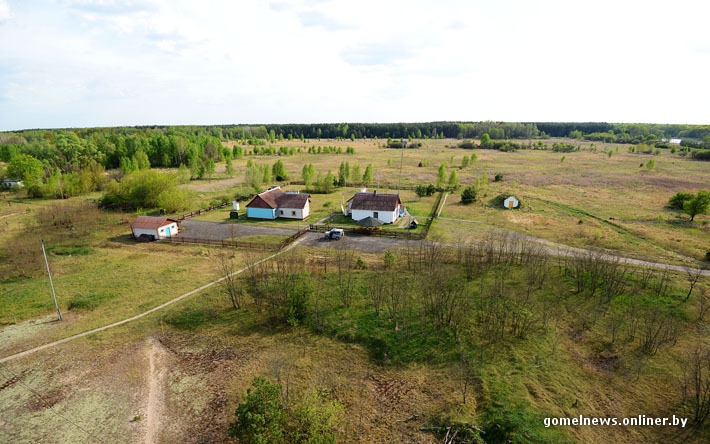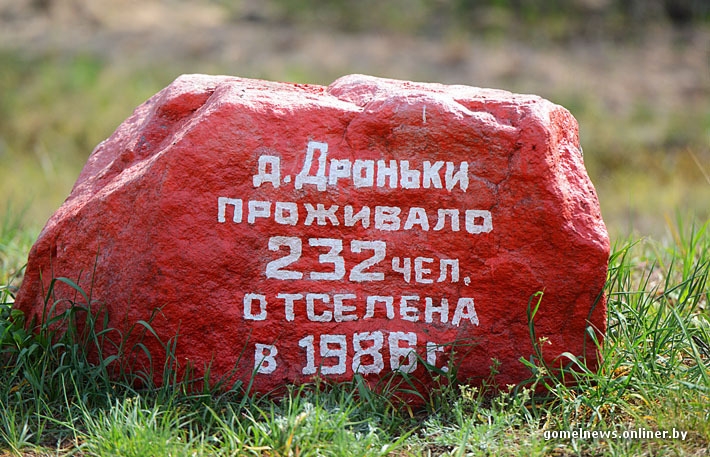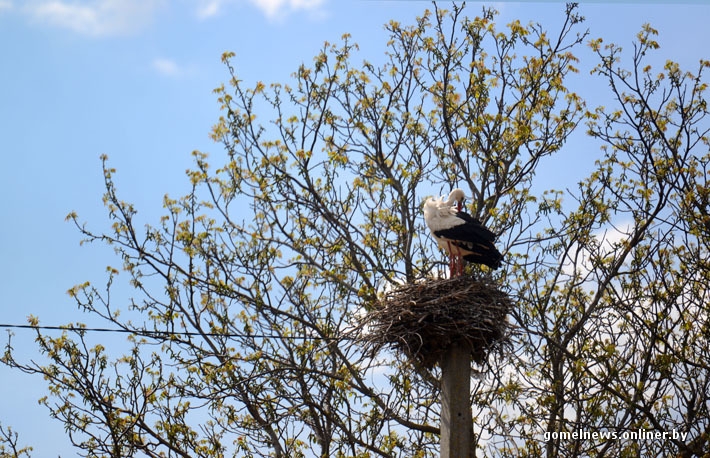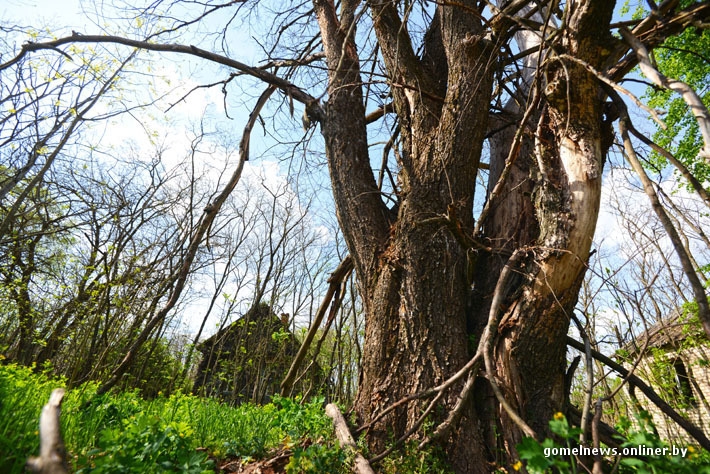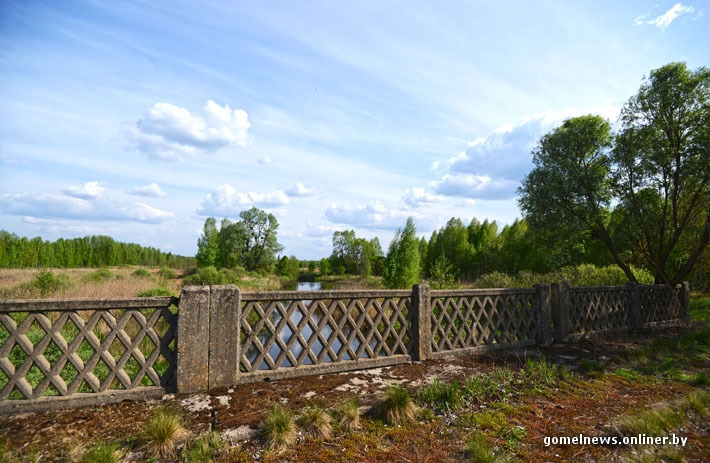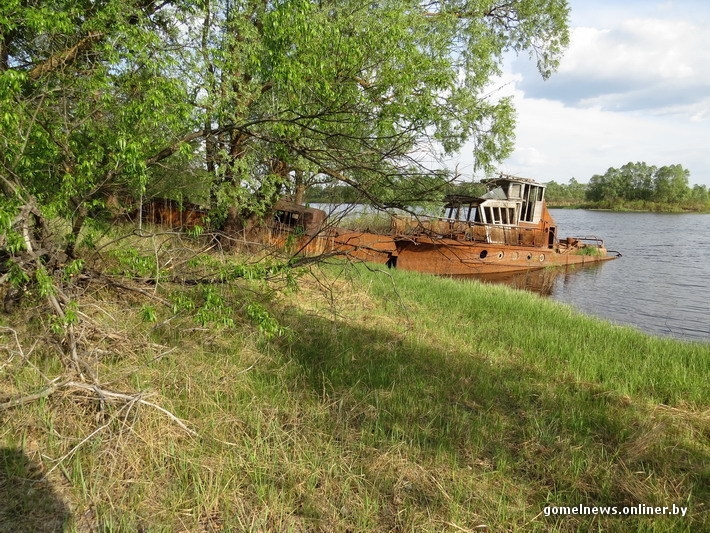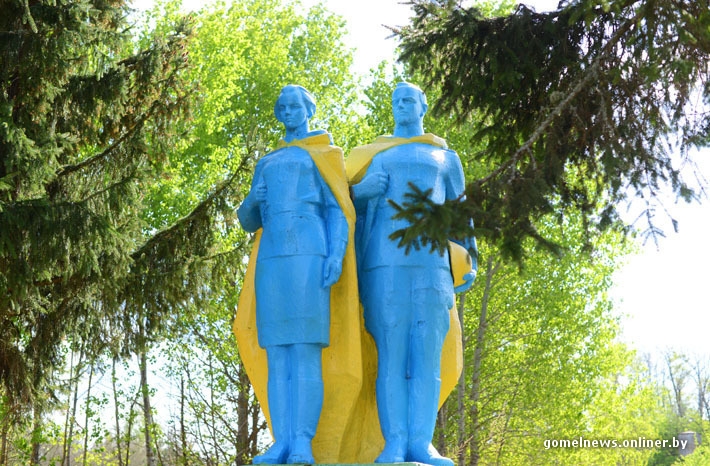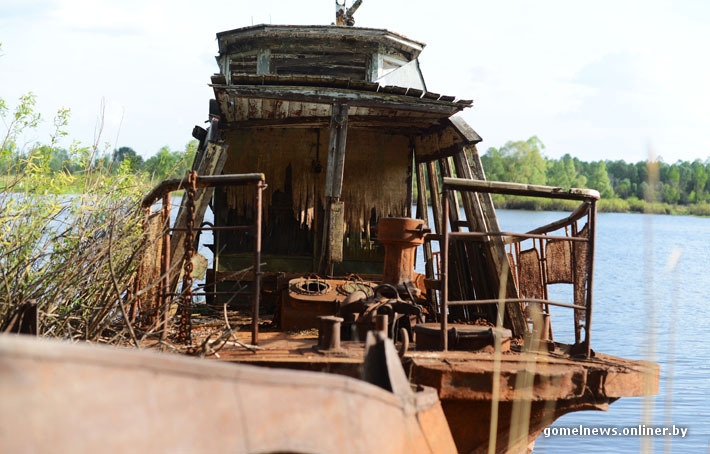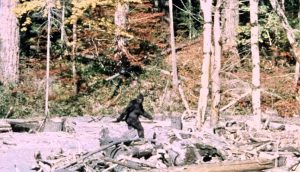Pictures Of Chernobyl Taken From Belarus
Chernobyl is generally considered a Russian tragedy; however, the country of Belarus was worst hit. As with the Russian town of Prypiat, much of Belarus is still off limits.
Chernobyl was, and is, a pristine horror story of human creation. Everyone knows about the cloud that was produced that fateful April day in 1986; the damage it caused to the surrounding area and the massive cost – financially and emotionally – are still very much in effect today.
It’s estimated that Belarus received around 60% of the fall out from the Chernobyl debacle. The worst levels of caesium-137 were found across 7,000 km² of Belorussian lands. That’s about 22% of their entire country – one fifth of the country’s agricultural land was contaminated. Belarus has huge swathes of once populated country that is still off limits.
Once a year on Radunitsa – a Belorussian holiday, the area is opened for visitors and 1000‘s go to check it out.
As with Ukraine and Russia, Belarus’ children suffered the most with a sharp increase in the rise of thyroid cancers in the years following Chernobyl.
The picture below shows the Chernobyl plant and, to the right, is the huge construct which they are planning to place over the top of it.
This rock reads “The village Dronki. 232 citizens. Was resettled in 1986”
As with the Russian town of Prypiat that was worst effected by the blast, nature hasn’t wasted any time in coming back and taking over.
Lady Nature doesn’t know about radioactivity and doesn’t seem to care too much either. Click here for some photos of the wildlife around Prypiat today.
Chernobyl is considered a Russian tragedy, but it effected an incredible list of places. The worst hit were Ukraine, Belarus and Russia, but the poisoned cloud lingered far and wide, touching Turkey, Greece, Moldova, Romania, Bulgaria, Lithuania, Finland, Denmark, Norway, Sweden, Austria (13% of their country was effected, which, as a percentage, is second highest after Belarus), Hungary, Czechoslovakia, Yugoslavia, Poland, Estonia, Switzerland, Germany, Italy, Ireland, France, Canada and the UK.
In fact, the first signal that something was wrong didn’t come from Russia, it came from the Forsmark Nuclear Power Plant in Sweden, some 1,100 km away from Chernobyl. The Swedish radioactive detectors started showing activity and the alarm was raised.
MORE FROM BELARUS:

